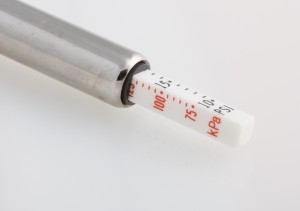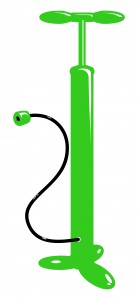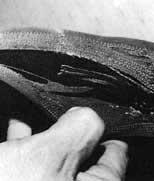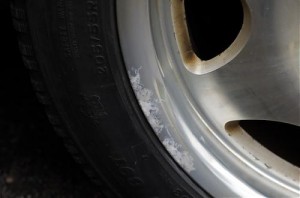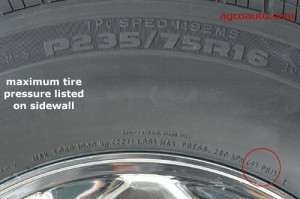Women are becoming a huge part of the automobile market. In the United States, women buy 68 percent of new cars and 65 percent of new tires. Sixty-five percent of women take their own vehicles to a repair shop for service, although, some repair industry experts estimate that the average may actually be closer to 80 percent. With all this in mind, it’s only fair, and good business, to include women in on information regarding proper vehicle maintenance.
Checking your tire pressure to make sure that the tires are inflated properly is one of those key aspects of proper vehicle maintenance. Investing just a few minutes on a regular basis in performing this simple task can increase your road safety, lengthen the life of your tires and significantly improve your fuel efficiency. Sure, you can get this done when you visit the repair shop, or taking the time to invest those extra few minutes. But, there’s a way to keep them properly inflated that would require less time and less checking: nitrogen tire inflation.
Nitrogen tire inflation is an excellent choice for busy women who don’t have the time to visit the repair shop, or are swamped enough with all the other things that need to be done that asking for a few extra minutes is a tough ask. Studies have found that a tire filled with nitrogen stays at the proper tire pressure three to four times longer than regular air, meaning you can worry less about your tires. You also don’t have to remove all the air from the tire before using nitrogen, so simply top off your tires with nitrogen when you do visit the repair shop (if your repair shop offers the service), and you’ll be on your way. Proper tire pressure is also the SINGLE most important factor to increasing tire life, so nitrogen tire inflation saves time and money in the long run. What a deal!
According to Women’s Health, only one percent of women check their tire pressure before a long trip, increasing the chance that we girls get in an accident in our last attempt to celebrate the summer. If you are planning a road trip this summer, then now is as good a time as any to check your tire pressure and try nitrogen tire inflation for the first time. For more information about inflating your tires with nitrogen, check out Nitrofleet99.

